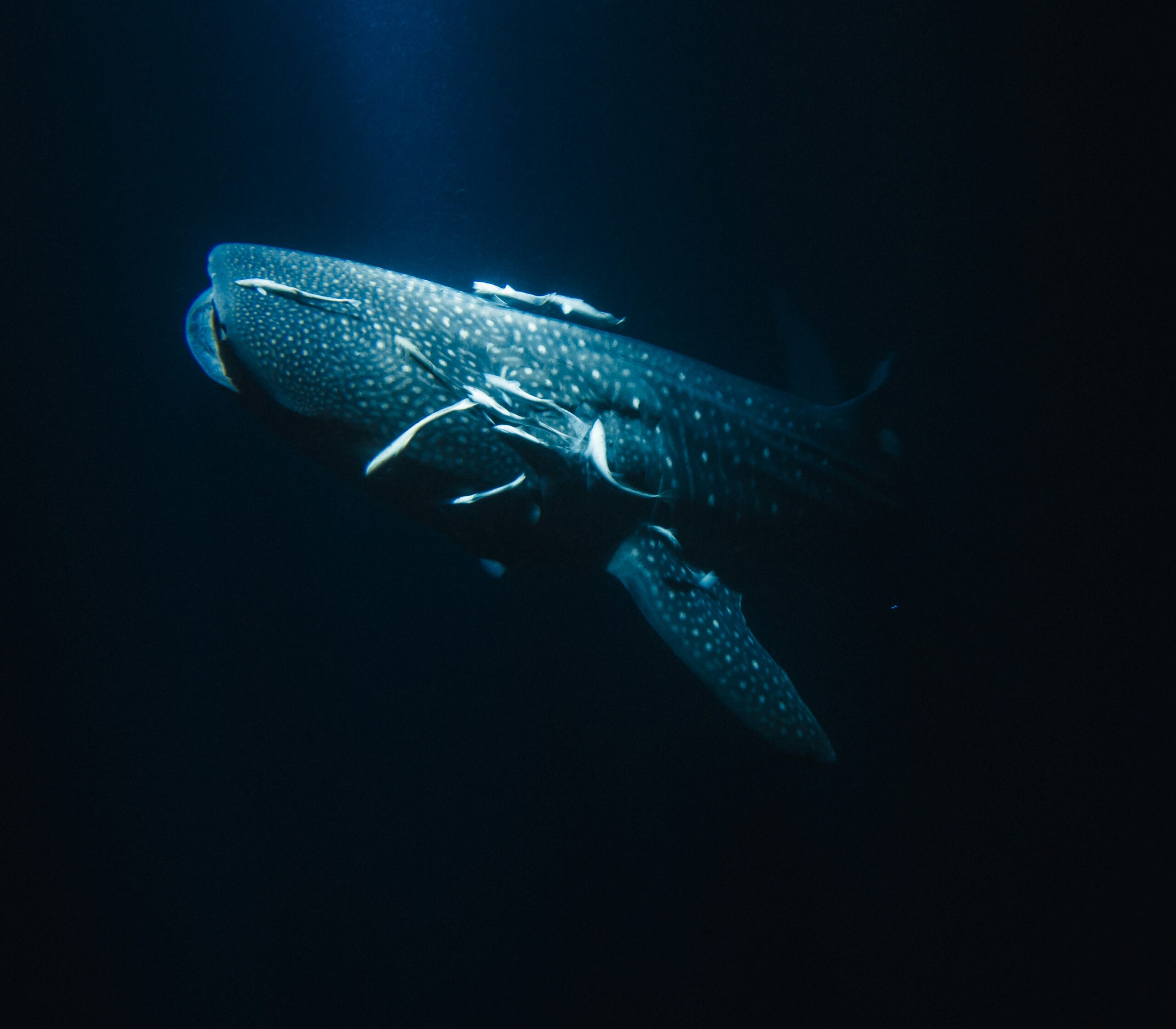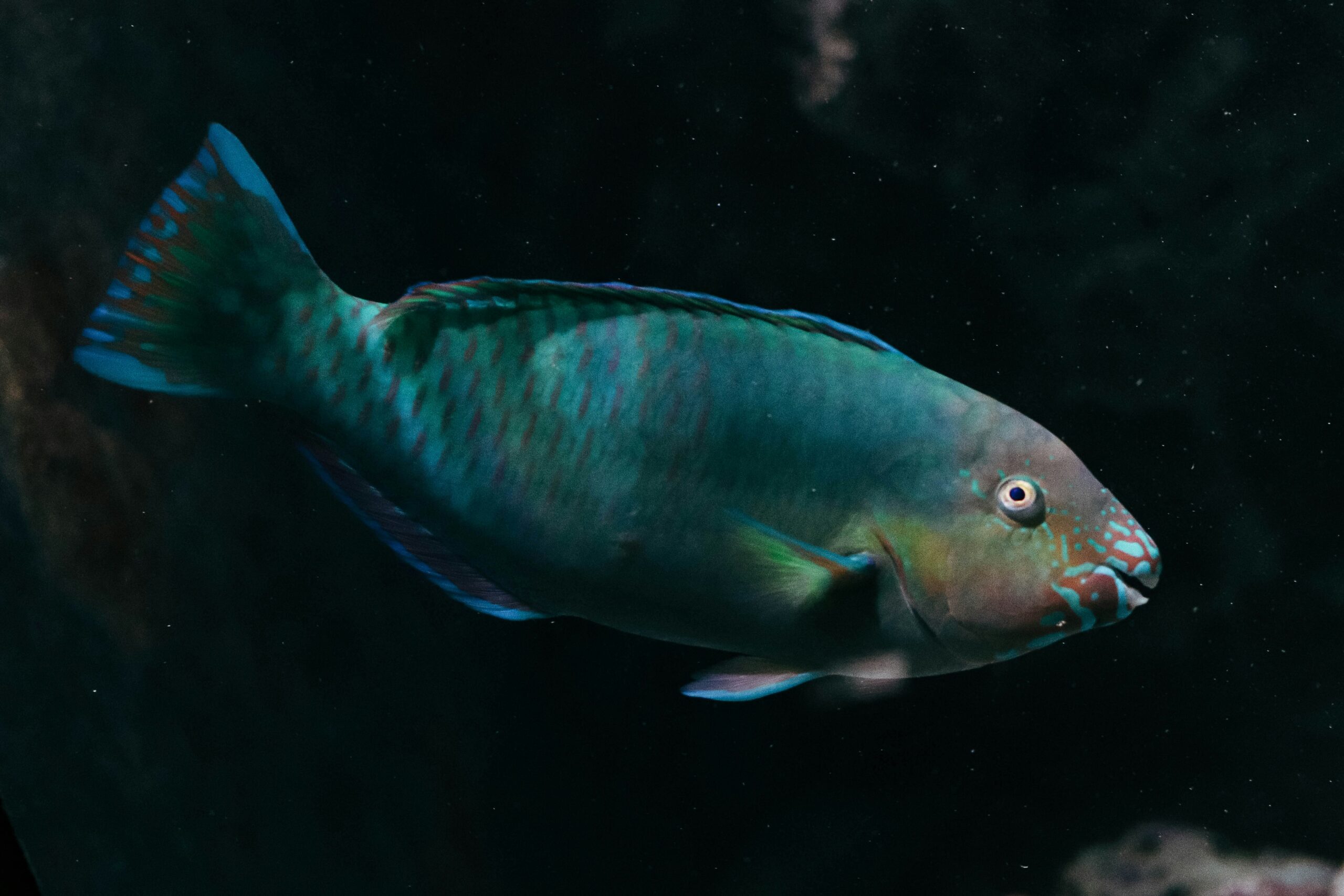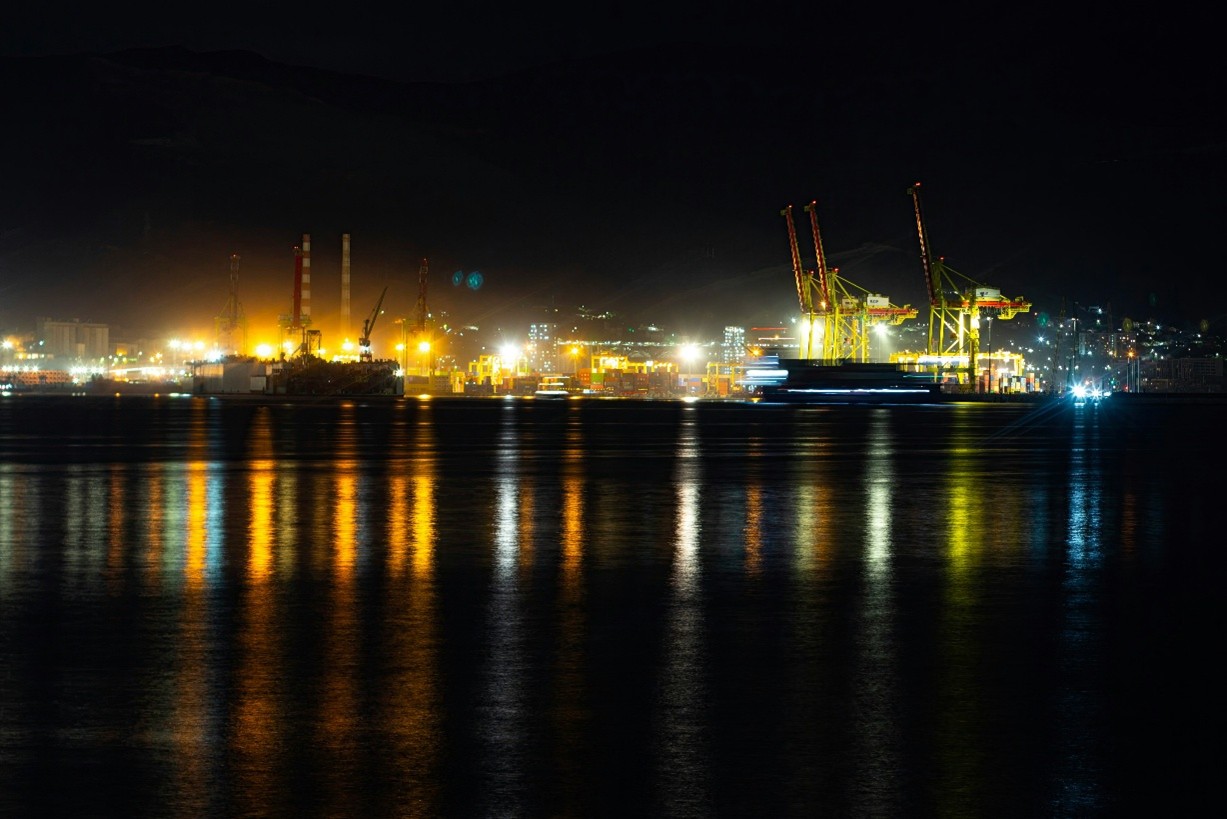Image: Whaleshark in the dark by Aaim Zameer
A new scientific study has revealed that vast areas of the ocean have grown significantly darker over the past two decades, with potentially serious consequences for marine ecosystems.
Researchers used satellites and computer models to examine how far sunlight penetrates the upper layers of the ocean.
Their finding, described as ‘ocean darkening’, points to a reduction in the photic zone – the sunlit zone – one of the planet’s most productive habitats.
Alarmingly, in some parts of the ocean, such as the Southern Ocean, it was found that the depth of this zone had decreased by as much as 100 meters. This could have big implications.
Disrupted rhythms
Natural light plays a vital role for the survival of marine life and ocean darkening could have cascading effects on whole ecosystems. Marine animals move vertically through the water each day based on changes in sunlight—this daily migration involves more living creatures than any other movement on Earth.
Image: Parrotfish at night – SLNC
As campaigner, Luke McMillan writes, as ocean waters become darker, these patterns can break down. For some species, it becomes easier to hide; for others, more difficult to hunt. These shifts ripple through the food chain, potentially altering who survives and who doesn’t.
Prof Tim Smyth, head of Science for Marine Biogeochemistry and Observations at the Plymouth Marine Laboratory, explained that ocean darkening could result in increased competition for food if you get more marine mammals coming closer to the surface because they need light.
The consequences of a shrinking photic zone extend beyond biodiversity. Phytoplankton rely on sunlight and are essential both for marine food webs and for capturing carbon—they absorb carbon dioxide and release oxygen. If the photic zone shrinks, the ocean’s capacity to store carbon and help fight climate change could decline.
“Our findings represent genuine cause for concern,” says Dr Thomas Davies, associate professor of marine conservation at the University of Plymouth.
Why is the ocean getting darker?
The reasons for ocean darkening vary from place to place, but scientists have identified several key contributing factors.
In coastal regions, land-based activities are playing a big role. Farming, construction, and urban development increase the amount of sediment, nutrients, and organic matter washing into the sea. This clouds the water and blocks sunlight from reaching deeper layers.
Image: Farming – James Baltz
Massive growths of algae, often triggered by excess nutrients in the water, can dramatically reduce how much sunlight gets through. In places like Florida, beachgoers are familiar with vast sargassum blooms, which not only darken coastal waters but also shut beaches to the public.
Warming waters are another factor. As global temperatures rise, the ocean’s surface heats up. Warmer water forms stable layers that do not mix well, trapping plankton, particles, and pollution near the top. These layers prevent light from reaching deeper, light-dependent ecosystems.
Image: Artificial light at night – Stepan Konev
Even at night, artificial light from coastal cities, offshore platforms, and ships disrupts the natural day-night cycle that many marine animals rely on to feed, move, and reproduce. When artificial light interferes, it can lead to disoriented behaviour and disrupted ecosystems.
Polar regions getting brighter as sea ice melts
Interestingly, the study also found that about 11% of the ocean surface has brightened over the same period. This is particularly the case in polar regions, with scientists from the University of Amsterdam sounding the alarm as research found that the retreat of sea ice is not only increasing the amount of light penetrating the ocean but changing the colour from blue to green. Much like the findings of the ‘ocean darkening’ research, scientists warn of likely disruption to entire food chains depend on algae and phytoplankton.



